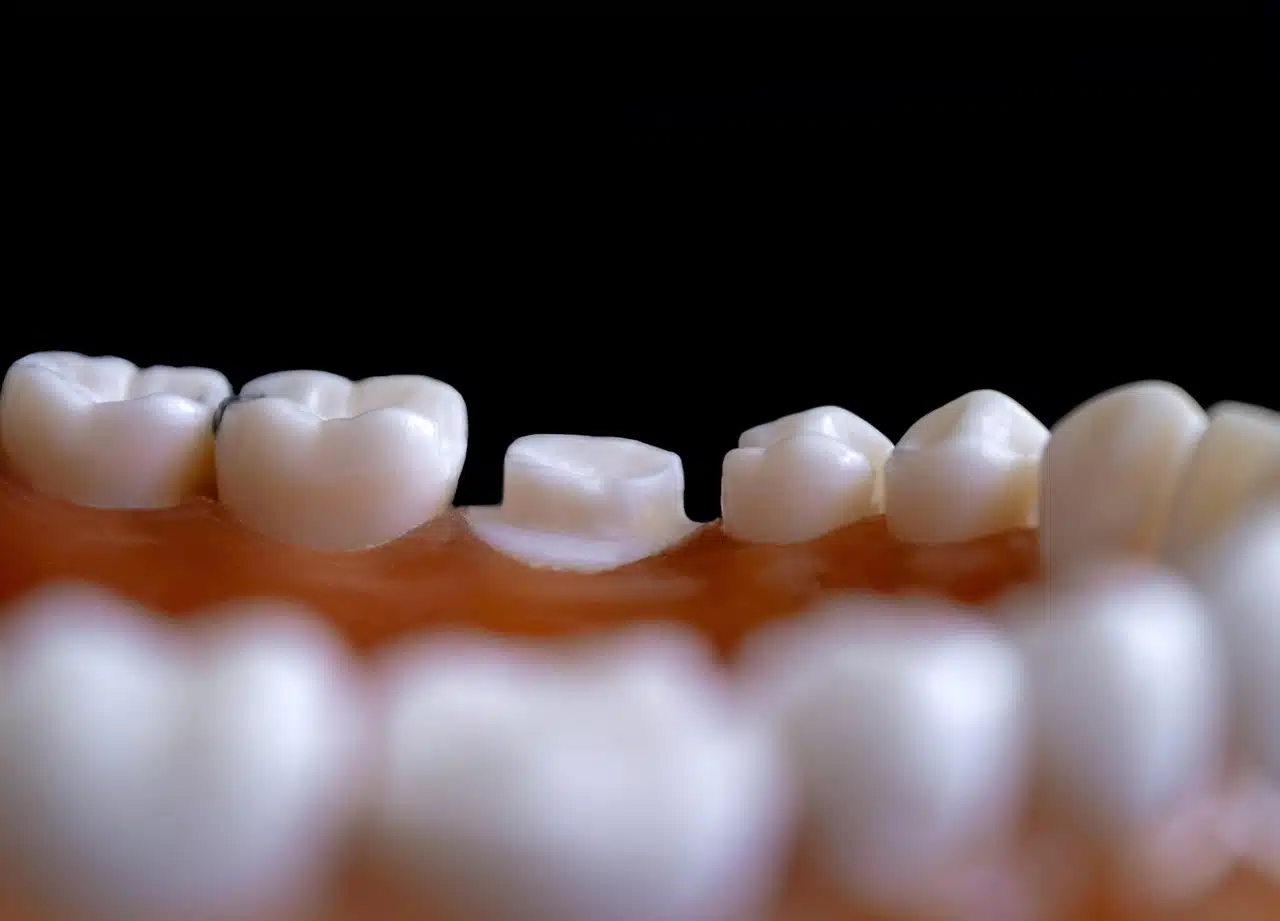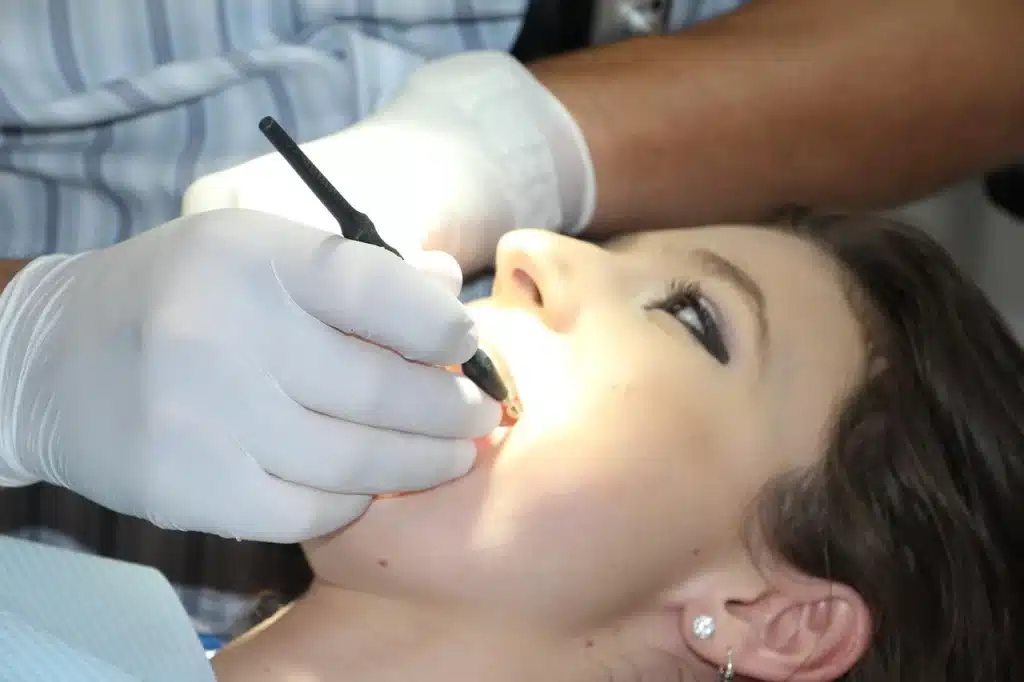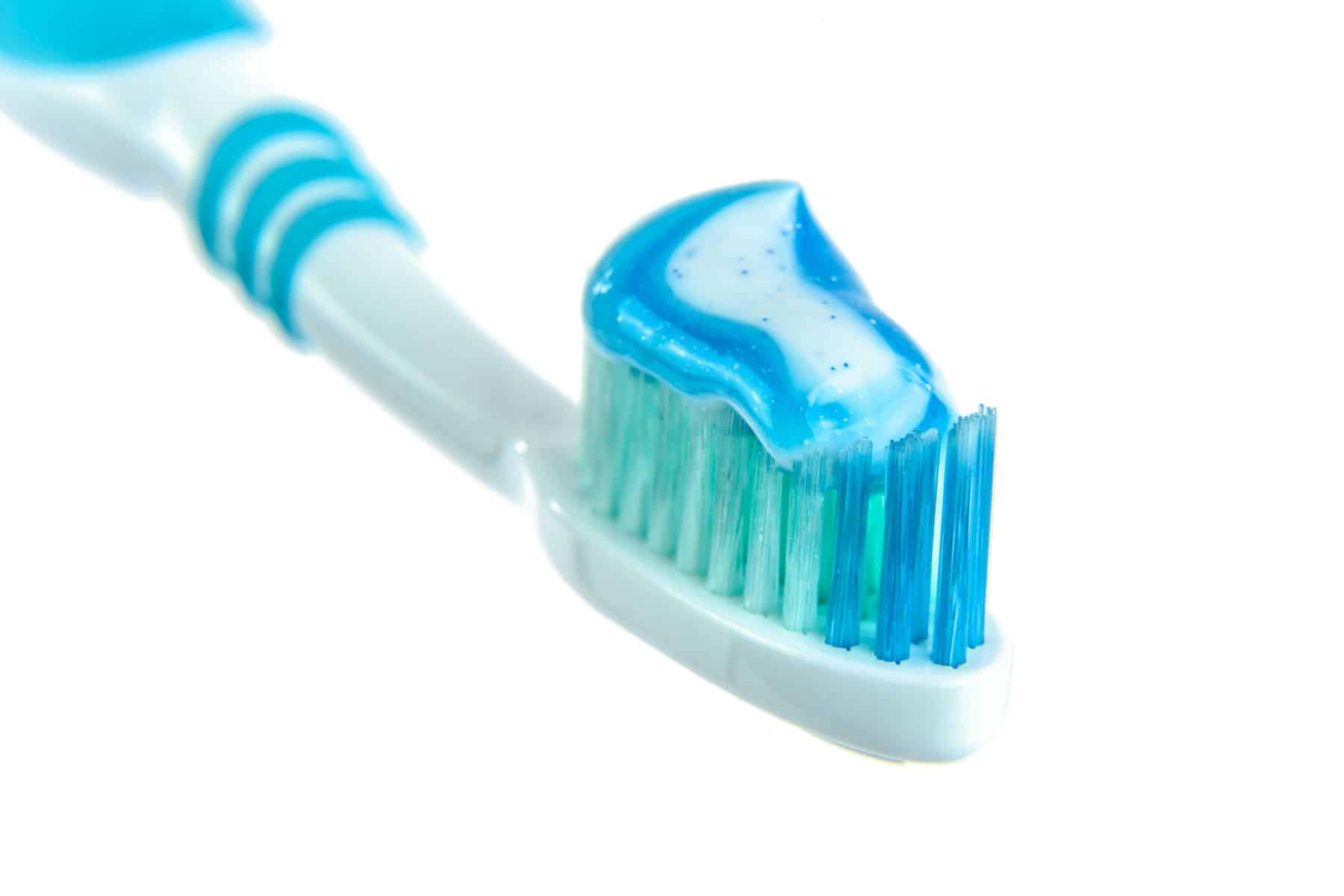
Understanding Diastema: The Gaps Between Teeth
A gap between teeth, particularly the upper front pair, is known as a diastema. It’s a common condition that can affect both children and adults. In children, a front teeth gap often closes naturally when permanent teeth erupt while in adults, the spaces remain unless treated.
Dental professionals generally regard diastema as a natural variation in tooth alignment rather than a disease that needs to be treated. However, many people seek solutions due to cosmetic concerns or underlying dental conditions. Understanding how to fix a diastema starts with recognising its causes and potential impact on oral health.
The Impact of Diastema on Oral Health
In most cases, gapped teeth do not cause harm to oral health, and many individuals can live comfortably without requiring treatment. However, when the gap is linked to gum disease, the situation becomes more serious. Advanced gum infections can weaken supporting bone, cause teeth to shift and even result in tooth loss.
Treatment is optional if the tooth gap is simply cosmetic. But if it stems from gum disease or missing teeth, timely intervention is essential.
Recognising The Signs and Causes of Gaps
The primary sign of diastema is visible gaps between teeth. These spaces vary in size and may appear anywhere in the mouth, though they are most common at the front.
Here are the key causes of gapped teeth:
- Genetic predisposition: Family traits may affect tooth size, jaw structure and the thickness of the frenum (the tissue band connecting the lip and gums). An oversized frenum can stop front teeth from closing naturally, resulting in a gap.
- Habitual factors: Behaviours such as thumb-sucking during childhood or a tongue-thrusting swallowing reflex can push teeth apart.
- Periodontal disease: Gum infections can erode supporting bone, causing tooth mobility and the development of new spaces.
- Supernumerary tooth: The presence of an extra tooth can disrupt alignment and create a gap between teeth.
Approaches to Closing a Tooth Gap
The best method for fixing a diastema depends on whether the space is cosmetic or linked to a health problem. Dentists will often recommend a combination of restorative, orthodontic or surgical solutions tailored to the individual.
Cosmetic and Restorative Treatments
There are several cosmetic and restorative options available, depending on the size of the space and the underlying cause. These include:
- Orthodontic care: Braces or clear aligners gradually move teeth into alignment to close gaps between teeth.
- Dental bonding: A tooth-coloured composite resin is applied for filling teeth gaps. This is especially effective for smaller spaces.
- Porcelain veneers: These thin, custom-made shells cover the surface of teeth to mask gaps and improve appearance.
- Dental bridges and implants: Used to replace missing teeth that may have caused a space, restoring both function and aesthetics.
- Frenectomy: A minor surgical procedure to release a thick frenum, often combined with orthodontic treatment for a front teeth gap.
Treating Gaps Caused by Gum Disease

When gum disease is the underlying cause of diastema, it must be treated before cosmetic work is considered. Deep dental cleaning through scaling and root planing removes tartar and bacteria beneath the gum line. This is more intensive than routine scaling and polishing, which is recommended as part of preventive care. For more advanced cases, gum surgery such as flap surgery or bone grafting may be required.
At Family Dental Centre, we support patients through every stage of this process. From preventive care and routine cleaning to restorative treatments, our team can address both the cause and appearance of a teeth gap. With convenient locations that include our Jurong dental clinic, dental clinic in Tampines and Toa Payoh dental clinic, you can easily access personalised care that makes use of the latest digital dentistry tools.



